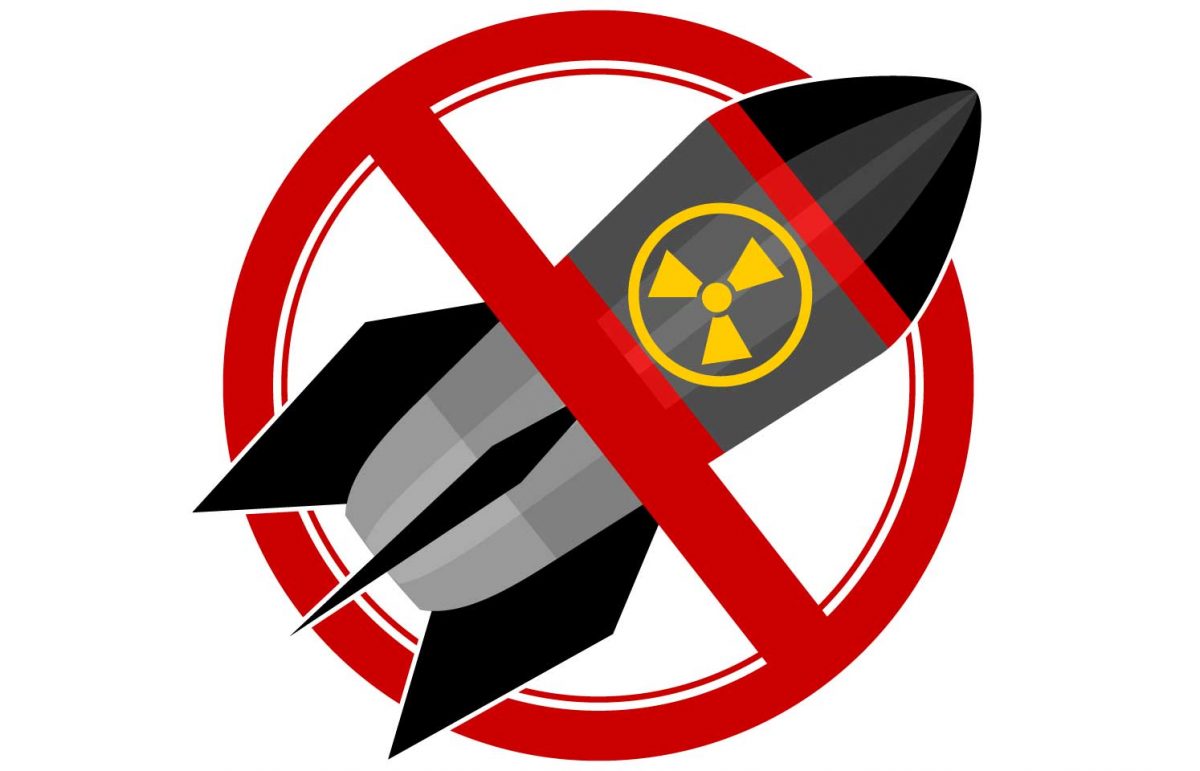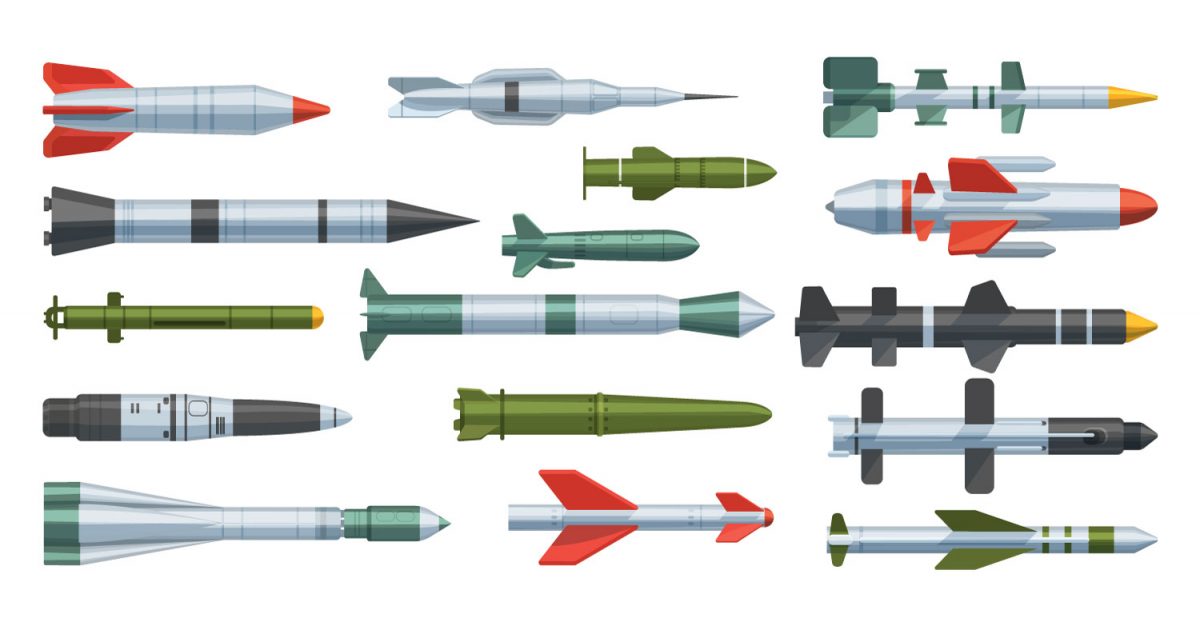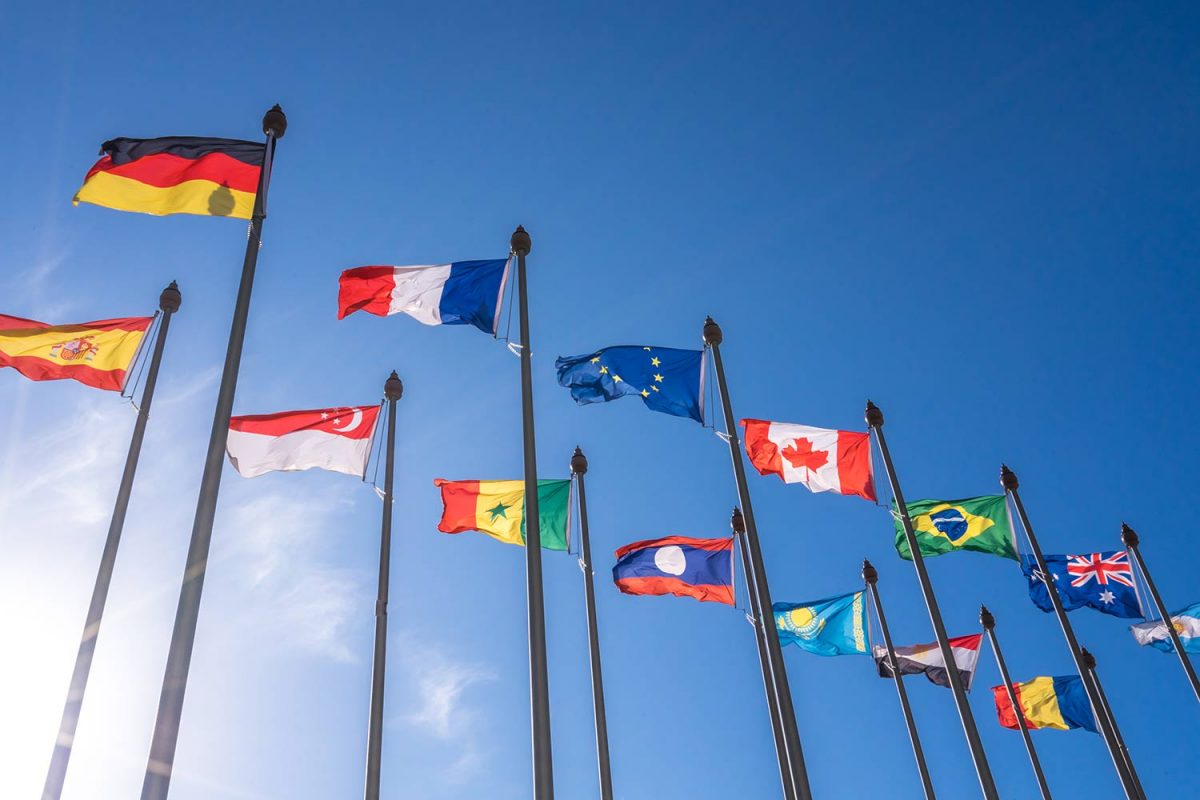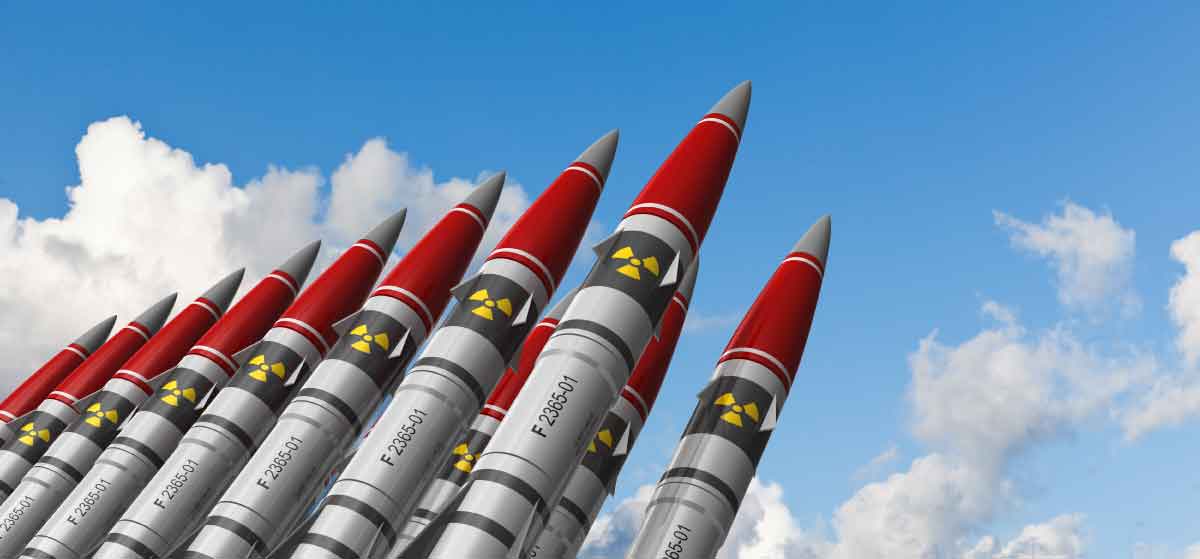Nuclear Disarmament Resource Collection
Introduction
More than seven decades after their development and use during World War II, nuclear weapons continue to be the basis for several states’ national security policies. The Treaty on the Non-Proliferation of Nuclear Weapons (NPT) prohibits non-nuclear weapon state parties from developing nuclear weapons. However, the NPT exempts five de jure nuclear weapon states (NWS) (France, the People’s Republic of China, the Russian Federation, the United Kingdom, and the United States) from this ban. These five states had tested nuclear weapons before the treaty was negotiated in 1968. This “exemption” is, however, countered with a legal obligation in Article VI of the NPT for the five nuclear weapon states to fully disarm. Three other nuclear armed states—India, Israel, and Pakistan—have never joined the NPT, but possess nuclear weapons. North Korea also possesses nuclear weapons, but unlike India, Israel, and Pakistan, was previously a member of the NPT obliged not to develop nuclear weapons. North Korea withdrew from the NPT in 2003, and has tested nuclear devices multiple times since 2006 despite international condemnation and sanctions. [1]
Approximately 14,900 nuclear warheads remain in the arsenals of the nine states, roughly 4,000 of which are actively deployed. [2] Five European NATO countries (Belgium, Germany, Italy, the Netherlands, and Turkey) also host approximately 150 U.S. tactical nuclear weapons as part of NATO’s extended deterrence mission. [3] The United States has reduced its globally deployed tactical nuclear weapons, but tensions between Russia and NATO make further near-term reductions unlikely. [4] Large stockpiles of fissile material, including directly weapons-useable highly enriched uranium and separated plutonium, also still exists globally. [5]
The majority of countries in the world—the non-nuclear-weapon states (NNWS) — are committed to remaining free of nuclear weapons, including some countries that once possessed nuclear weapons. South Africa announced in July 1993 that it had developed a small arsenal before destroying it in 1991 in order to join the NPT as a NNWS. Belarus, Kazakhstan, and Ukraine returned large arsenals of nuclear warheads and associated delivery systems inherited from the former Soviet Union to Russia in the mid-1990s, subsequently joining the NPT as NNWS.
Other countries, including Brazil and Argentina, considered acquiring nuclear weapons, but abandoned their programs before accepting binding restraints on nuclear weapons development. Brazil and Argentina decided to join the NPT in 1994 and 1995, respectively, as NNWS.
Many NNWS are party to nuclear weapon-free zones (NWFZs), and have thereby accepted additional legal obligations not to develop, manufacture, stockpile, acquire, possess, or control any nuclear explosive devices on their territories. Today, more than 110 countries belong to NWFZ treaties. [6] Nuclear weapon-free zones are in force in South America and the Caribbean, Southeast Asia, the South Pacific, Africa, Central Asia, and Mongolia. [7]
On 7 July 2017, a United Nations conference adopted the Treaty on the Prohibition of Nuclear Weapons, the first international treaty to comprehensively prohibit nuclear weapons, including banning the development, acquisition, test, use, threat of use and possession of nuclear weapons. Although no nuclear weapons possessing states have signed the treaty, the treaty’s passage is a significant development in disarmament politics. [8]






